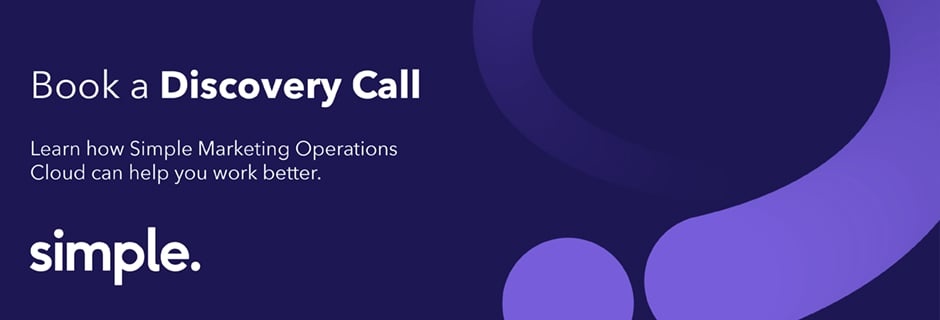Productivity issues drive mainstream brands to try agile marketing
Agile transformations are back in vogue in business, it seems, with big companies taking to the media to talk publicly about how agile they’ve become. While ‘Agile’ was historically practised by technology companies and a few international standard-bearers such as ING and Spotify, it has begun to penetrate a much broader range of industries including financial services. And, far from being limited to the IT department, it’s being led from the top and rolled out across businesses.
 This is by no means widespread yet, but high-profile brands such as energy supplier AGL and entertainment and gambling firm Sportsbet have publicly talked about their agile transformation. In all these and other, similar cases, agile methodologies have also been adopted by the marketing team.
This is by no means widespread yet, but high-profile brands such as energy supplier AGL and entertainment and gambling firm Sportsbet have publicly talked about their agile transformation. In all these and other, similar cases, agile methodologies have also been adopted by the marketing team.
There is certainly a buzz about agile marketing. But it’s not enough to say you’re agile because you’re getting work in market faster or simply changing direction more often. Agile is a philosophy and a mindset, supported by distinct work processes and data capture designed to promote experimentation and learning, and a focus on the customer, ahead of rolling out pre-determined, long-range plans.
Simple looked at how widespread agile marketing has become in our research report, Marketing Operations Cloud in the Age of Intelligence. We found one in four marketers (26%) reported using at least some agile practices, but only 8% described their marketing process as being purely agile. Three-quarters of respondents (74%) described their marketing process as traditional, or ‘waterfall’, project management.
Download the study:
MRM IN THE AGE OF INTELLIGENCE
Of those marketers using agile marketing practices, 70% adopted them in the past two years.
Lean — which focuses on launching small, trial projects and learning from the results to evolve campaigns — is the most popular agile process used in marketing by respondents to the study. Other popular frameworks included Kanban, Scrum and hybrid models.
The most commonly used agile marketing features are Kanban boards, which allow teams to manage workflow visually, regular ‘standup’ meetings to report progress to the team, short work cycles known as ‘sprints’, and a prioritised ‘backlog’, or to-do list, of work.
More interesting, however, were the reasons respondents gave for going agile, with the most popular objectives as follows:
- Reduced time to market
- More flexibility
- Improved collaboration
- Better productivity.
So it seems the main reason agile marketing is being adopted is not to create more effective marketing that is more focused on the customer — but to improve productivity.
Want to know more about agile marketing?
Get your free ebook: AGILE MARKETING FAQS FOR CEOS AND CMOS
This is not the only benefit, according to Lee Tonitto, chief executive of the Australian Marketing Institute, which collaborated with Simple on the research.
“Agile marketing is definitely gaining popularity among a core group of followers,” Tonitto says. “Among the benefits these marketing teams list are closer alignment of marketing activity with the organisation’s strategic goals, increased speed to market, higher productivity, increased customer satisfaction and improved return on marketing investment.”
If productivity gains are the chief objective for going agile, and the rest of your company is operating according to traditional ‘waterfall’ timelines, agile marketing may be a bridge too far.
It might be worth examining your existing processes to see if you can streamline them and find some easier, less disruptive paths to improved productivity.
But if you are looking for a more wide-reaching agile marketing transformation, start small, with a pilot project, find the agile methodology and rhythm that works for you, and persevere. It will get worse before it gets better.
You’re not alone – in fact, you’ll be in the forward lines of a movement that is slowly but steadily gathering pace.
“We’re living in a world where digital transformation is happening, we have access to a wealth of data, and there’s now a two-way customer exchange that’s almost real-time,” says agile marketing consultant and director of dividebyzero, Dana Teahan. “This is driving the need for marketers to respond more quickly, which is in turn driving the adoption of agile ways of working in marketing.”

